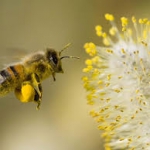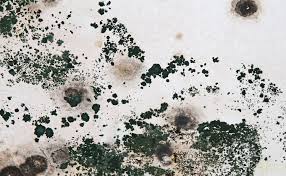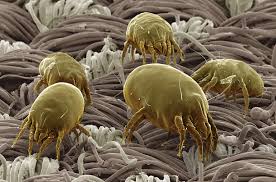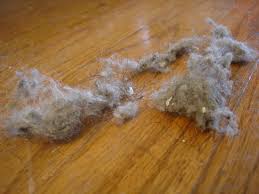

Allergy is a condition, often inherited, in which the immune system of the affected person reacts to something that is inhaled, eaten or touched, that doesn’t affect most other people. The patient’s immune system reacts to this substance as if it were an “enemy invader” (like a virus). This reaction leads to symptoms that often adversely affect the patient’s work, play, rest, and overall quality of life. Any substance that triggers an allergic reaction is called an allergen. Allergens “invade” the body by being inhaled, swallowed or injected, or they may be absorbed through the skin. Common allergens include pollen, dust, and mold.

Symptoms that can occur primarily in the spring, summer or fall are frequently the result of inhaled pollen. Tree pollens in the spring, grass pollens in the early summer, and weed pollens in the late summer and fall provide a predictable pattern of symptoms often helpful in identifying the offending pollens. Pollen counts are higher on dry, hot, and windy days. Pollen counts decrease during rain, increase after rain, and are highest between 5:00 and 10:00 AM. Unfortunately exposure to pollen is not limited to outdoors because they are carried inside on clothing, shoes, and pets, and enter through open doors and windows.

Molds or fungi are organisms that thrive on decaying organic matter. They are present year round, especially during the spring and fall. Most molds produce spores that become airborne and may cause inhalant allergies. They thrive in warm, dark, moist areas. Places such as bathrooms, poorly vented laundry rooms, basements, kitchens, window frames, refrigerator drain pans, old books, plants, poorly ventilated closets, leaking roofs, plumbing leaks, and deteriorating carpets provide moisture that allows molds to thrive. Humid, warm air fosters mold growth. Therefore, control of your home’s temperature and humidity can have a great impact on your allergen exposure in the home.

Dust mites are microscopic insects that feed on tiny particles of skin that humans shed. Like molds they tend to thrive with heat and humidity. Their favorite habitats include mattresses, couches, carpets, bedding, pillows, and children’s stuffed animals. They do poorly when the humidity is less than 50% and thrive at comfortable air temperature for humans, 65 to 84 degrees Fahrenheit.

Animal dander is small particles found on the surface of animals that are deposited on anything the animal touches. Animal dander is light and stays airborne even longer than pollen. Cat dander in particular is very sticky and will hang around your house for at least 6 months after the cat is removed from the environment. Cat dander is a very powerful trigger for allergic reaction for many individuals. Even if you do not have a cat at home you will probably be exposed to cat dander through friends, family, and co-workers because the dander is so long lasting and difficult to eradicate. Cat saliva and urine also induces allergy symptoms.


Environmental control measures are an often overlooked aspect of managing allergies. The results that you obtain can be very rewarding. Many of the ideas mentioned above are simple to accomplish and while may require some initial expenditures they can have long lasting rewards in terms of keeping you healthier and feeling better. Remember that creating an allergy free haven in the bedroom can go a long way toward helping you sleep comfortably and control symptoms. Also, there are a multitude of useful websites on the internet that can be accessed merely by typing “allergy avoidance” into your search engine. In the long run, effective environmental control measures should keep you feeling better and healthier. To schedule an allergy test in Los Angeles, give us a call at Westside Head & Neck.